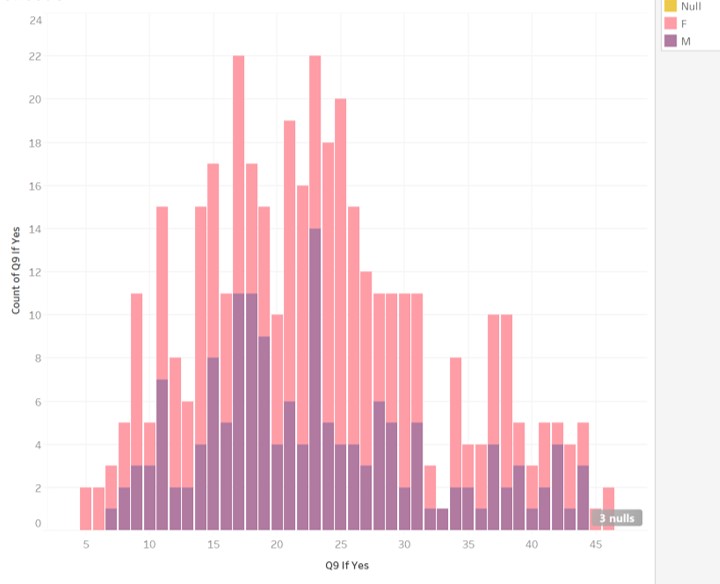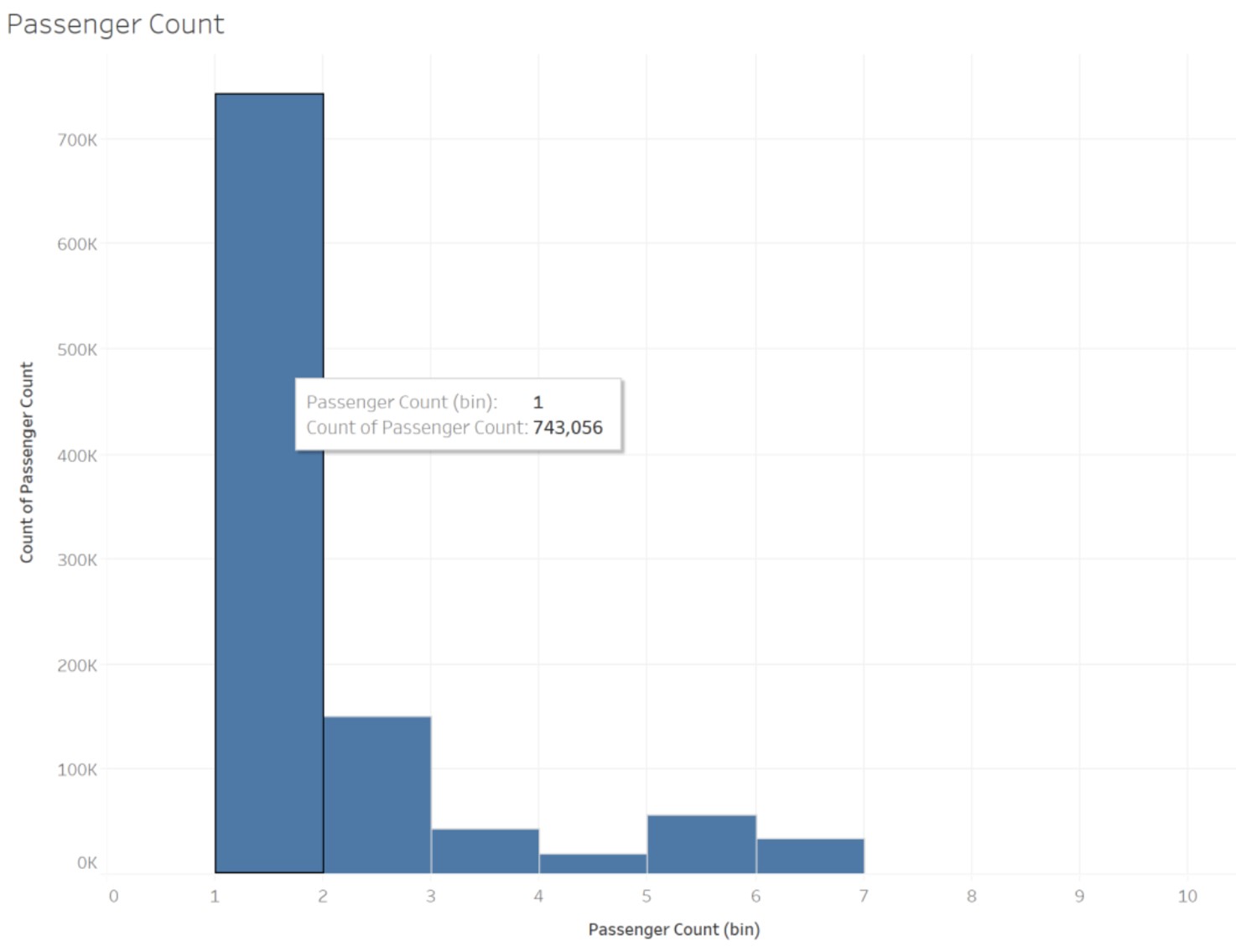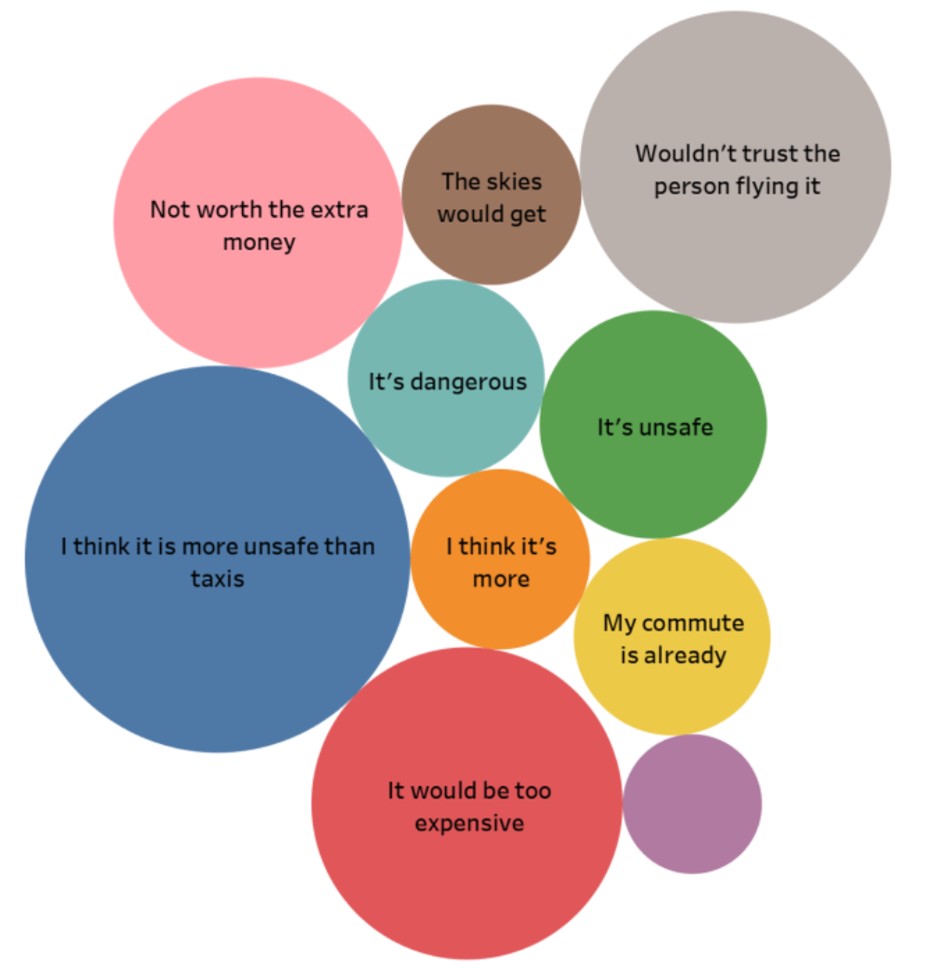Thanks to digital technologies used in products more and more, the amount of generated data will rise intensively. As a result, product managers can leverage their data skills and resources to make better decisions, from defining the minimum viable product to iterative design and experimentation. Data could be any type from the market, sales, finance, etc. They bring helpful insight to product managers and any stakeholders in a business process.
This project aims to develop a product (platform) proposal for a flying taxi service. It is started by data analysis and then building a product proposal.
Data exploration, KPIs, and Minimum Viable Product definition
The data comes from the market (ground taxi services) and user research in New York City. After Extraction, cleansing and Transformation, and Loading (ETL), they are analyzed to answer questions such as below:
- Where in New York City should we place flying taxi pick-up locations?
- Manhattan
- Brooklyn
- airports
- What is the distribution of potential price per mile based on gender?

Women are likely to pay more. Both genders are willing more the amount between 15 and 25 dollars per mile.
- Since weight and design in air taxis are essential, how many passengers used taxis per ride?

- What are the different personas/segments of negative sentiment towards not using a flying taxi car service?

The representation of negative sentiments shows most users who disagree are worried about safety (air taxi and its pilot). The second primary reason is the taxi fare, which some users believe is expensive.
Getting enough insight from data and realizing current problems, it is time to provide the solution. In other words, it is needed to define product vision, main objectives, and key results. Key results determine Key Performance Indicators (KPIs) and their thresholds to measure if the product is heading in the right direction based on objectives. Some example KPIs are:
KPI 1: The average Duration-to-Distance Ratio (DDR) of flights after three months.
KPI 2: The location of departures and destinations.
Following KPIs, Minimum Viable Product (MVP) is defined. It includes the features to solve problems and a fully-fledged product proposal. The proposed MVP sample size & period allotted to conclude the hypothesis are 5000 and 21 days, respectively. The below table shows some of the events, which are necessary to be logged. They provide appropriate data for KPIs measuring.

This page will be updated by content around data strategy, iterative product design activities such as A/B testing, funnel, cohort analysis, and driving conversion rate.